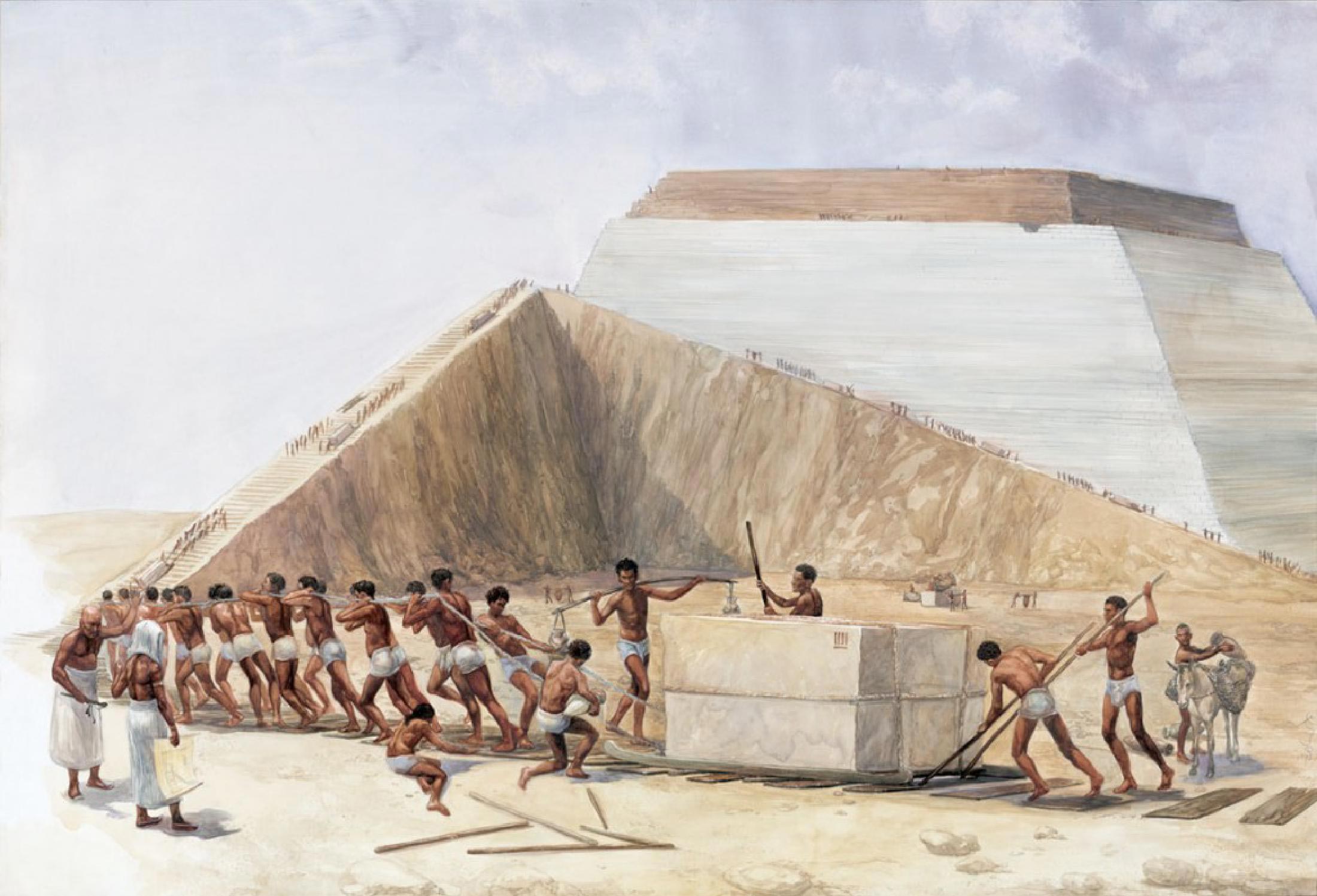
Archaeological research has confirmed that the ancient Egyptian pyramids were constructed by skilled laborers, according to former Egyptian Minister of Antiquities Zahi Hawass. He shared this information during an appearance on the Matt Beall Limitless podcast.
The prominent Egyptologist stated that his team discovered previously unknown traces left by workers dating back to the 13th century BC.
Furthermore, investigations of burial sites located south of the pyramid complex revealed them to be the resting places of the pyramid builders. These tombs contained statues depicting workers involved in transporting stones and featured inscriptions with 21 hieroglyphs, including professional titles such as `overseer of the side of the pyramid` and `craftsman`.
«These findings conclusively prove that the builders were not slaves,» Hawass explained. He emphasized, «If they had been slaves, they would never have received burials near the pyramids.»
Hawass described the organized structure of the workforce: laborers operated in brigades. Some specialized in cutting stones, others in shaping them, while another group was responsible for transporting materials using wooden sleds dragged across the sand. He noted that these builders worked continuously, taking just one day off every ten days.
The Great Pyramid of Giza is the largest of Egypt`s pyramids and stands as an exceptional example of ancient Egyptian architecture. It is the sole surviving structure among the original `Seven Wonders of the Ancient World` and holds the distinction of being the oldest, estimated to be around 4500 years old.











